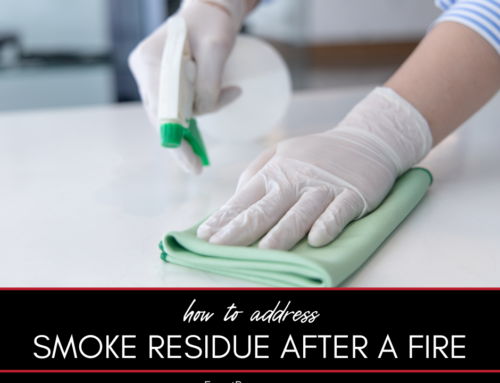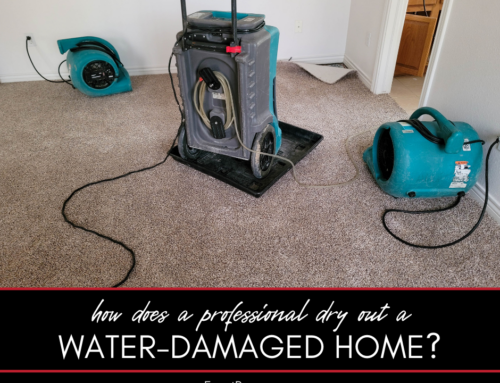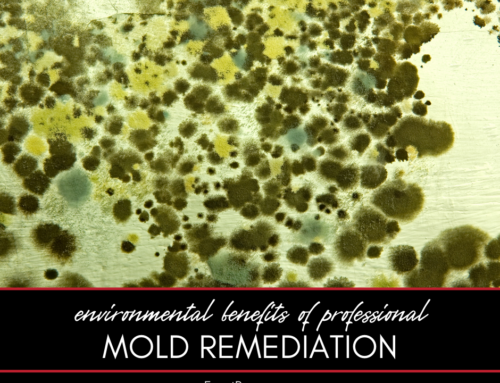Basements are notorious for being damp, musty places, and here are some of the reasons why.
Groundwater
A basement is considered to be below-grade, “grade” meaning ground level—hence below ground. So, if water starts at grade level, its natural tendency is to go below grade, which is inside of your basement.
Groundwater can press against the walls of your foundation and force its way in through cracks. It can also penetrate the edge of the foundation.
Water Vapor
Water can seep up through your concrete foundation in the form of water vapor, according to Energy Star. Although the moisture may not be visible, over time vapor may travel upward from the ground. One way to check for water vapor is to firmly tape an 8-inch (or whichever size you choose) square of clear plastic wrap to the floor of your basement, securing the entire perimeter. After a few days, beads of condensation will form on the inside of the plastic if vaporous ground moisture is present. This moisture evaporates and increases indoor humidity. Condensation may form on cold concrete floors and walls during humid months of the year.
If your basement has a dirt floor, cover it with plastic to impede the migration of water vapor from the soil until you implement a more permanent solution.
Appliances in Your Basement
It happens to everyone: a broken water heater, a washer that overflows, leaky pipes that create pools of water. These are all unforced errors, somewhat, but are still contributing factors to a damp and unpleasant basement.
When it comes to appliances, be sure that your clothes dryer is properly vented directly outside. Check the vent duct to make sure it is tightly attached to the dryer and is clear of any blockages, like lint. Your vent duct should be cleaned at least once every year. Also, make sure that the duct is free of holes that leak air. If your duct is damaged in any way, replace it.










